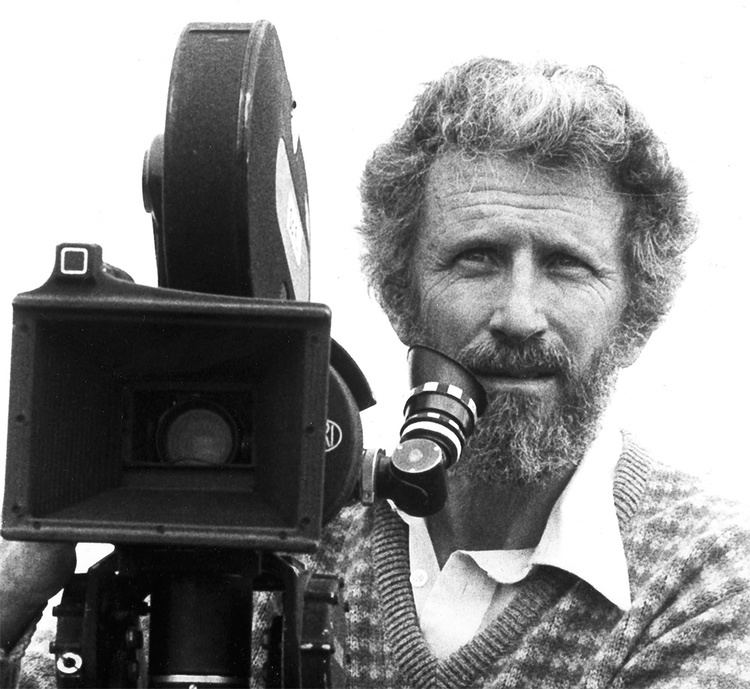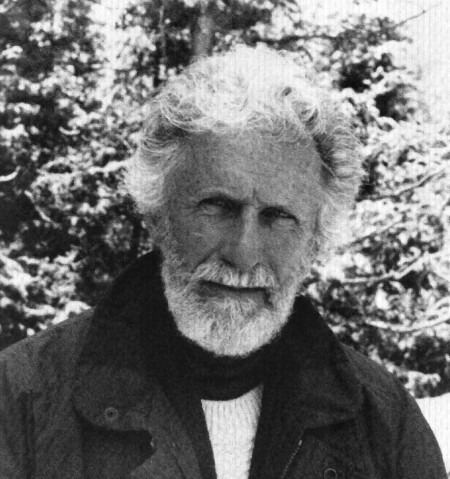Name Christopher Chapman | Role Film director | |
 | ||
Movies A Place to Stand, Quetico, The Seasons Nominations Academy Award for Best Documentary Short Subject People also search for Dolores Claman, David MacKay, Bill Mason, Josef Seckeresh, Laszlo George | ||
A Place to Stand (1967)
EDST411 Movie by Christopher Chapman
Christopher Chapman (January 24, 1927 – October 24, 2015) was a Canadian film writer, director, editor and cinematographer. Best known for his award-winning 1967 short film A Place to Stand, he also pioneered the multi-dynamic image technique used in films and television shows.
Contents
- A Place to Stand 1967
- EDST411 Movie by Christopher Chapman
- Early years
- Film innovator
- Personal life
- Honors
- References

Early years
Chapman was born in Toronto, shortly after midnight on January 24, 1927, and just minutes after his twin brother, Francis. They were sons of distinguished architect Alfred Hirschfelder Chapman (of Chapman and Oxley) and concert pianist Doris Chapman. Christopher spent a year in England in the 1950s designing cars for the Ford Motor Company before returning to Canada and becoming a filmmaker. Christopher and his twin had four elder siblings, Philippa, Howard, Robert and Sally. Another brother, Julian, died in infancy.
Film innovator
Over his career, he made approximately 40 films for television, the National Film Board of Canada, theatrical release, tourism organizations, science centres and international expositions.
Chapman's first film, The Seasons, won the Canadian Film of the Year at the Canadian Film Awards (CFA) in 1954. His film A Place to Stand received two Academy Award nominations and won for Best Live-Action Short in 1968. It also won the CFA Canadian Film of Year. The film featured the multi-dynamic image technique which used moving panes of moving images within the single context of the screen. Over a year of filming, Chapman shot 70 kilometres (43 mi) of film, which he edited into 18 minutes, though the images moving across the screen were the equivalent of an hour and three-quarters of film.
The process exhausted Chapman and he was still unsure of using it until its first screening occurred. "There were a couple of stenographers, who were eating their lunch watching the screening, and they were agog," Chapman stated. "But I wanted to run. I was exhausted and thought it was a failure, but a chap grabbed me as I was going out the door. He'd been standing at the back of the screening room and said he was blown away by it. It was Steve McQueen."
In 1968, McQueen starred in The Thomas Crown Affair, directed by Norman Jewison, a film that used Chapman's split-screen technique. Jewison added the multiple-image sequences into the film after seeing A Place to Stand. Over the years since, many films and television series have used the technique, with the most recent known to be the American series 24, which, by using the technique, documented the simultaneous actions of its characters.
Personal life
Chapman resided in Uxbridge, Ontario, at the time of his death, with his wife of 44 years, Barbara-Glen Chapman (née Kennedy). He died on October 24, 2015, at ReachView Village, a long-term care facility in Uxbridge. He was 88. He was survived by his wife and son Julian Chapman (former Deputy Commander of 4th Canadian Division, Canadian Army Brigadier General).
Honors
In addition to his film honors, Chapman was appointed a member of the Order of Canada in 1987 and awarded a Doctor of Laws by Ryerson University in 2000. Chapman served as president of both the Royal Canadian Academy of Arts and the Directors Guild of Canada. He was also a member of The Arts and Letters Club of Toronto.
